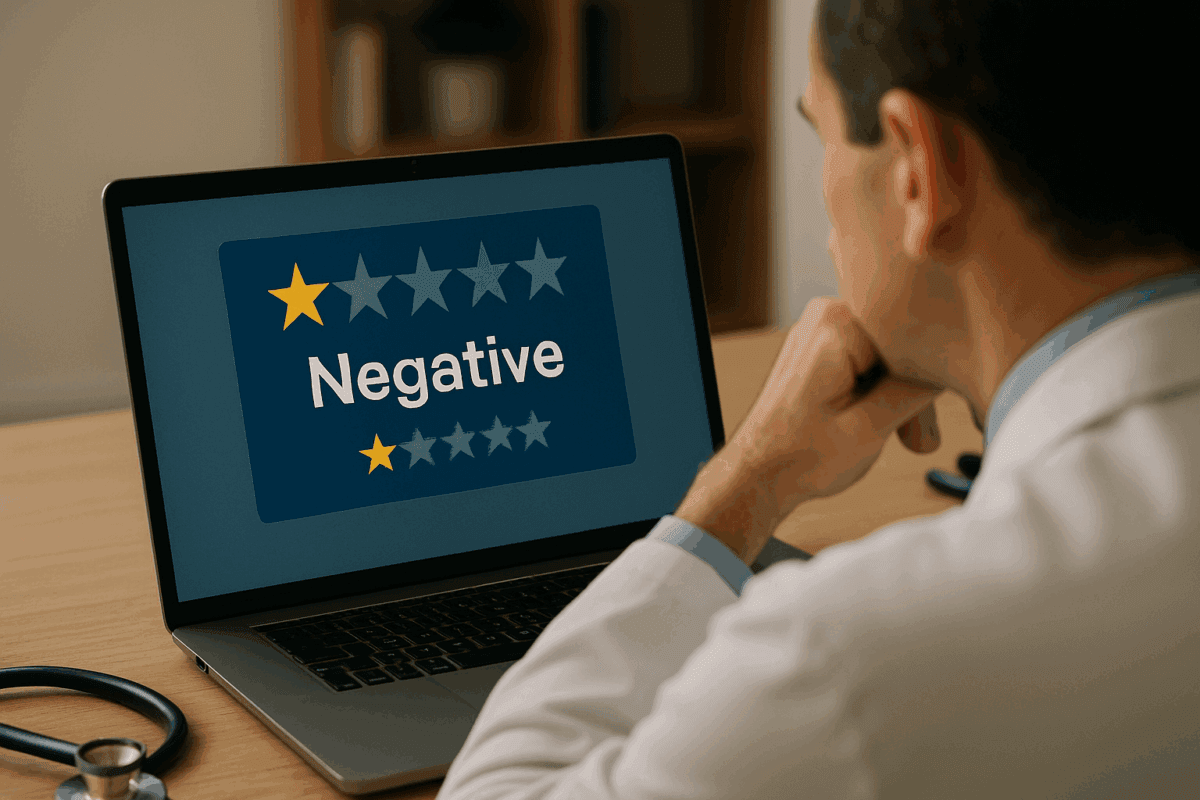Effective January 2025, the Texas Medical Board (TMB) adopted new Complementary and Alternative Medicine (CAM) standards that require physicians to use a specific disclosure and consent process before providing any CAM therapy. These rules apply broadly to any non-conventional treatment—whether or not it is FDA-approved—including popular offerings such as peptides, stem cells, and exosomes.
What counts as CAM under the new rules
Under Rule §171.1, the TMB defines:
- Alternative medicine as methods of diagnosis or treatment that are not generally considered conventional and may or may not be regulated by the FDA.
- Complementary medicine as the use of conventional care together with some form of alternative therapy.
In short, if you are offering therapies outside standard conventional care—especially those not approved by the FDA—these standards apply.
The new required consent and disclosure form Rule §171.2 requires that, before any CAM drug, device, treatment, or intervention is provided, the physician and patient must review and execute the TMB’s Complementary and Alternative Medicine Treatment Disclosure and Consent form. Key parameters:
- The fully executed form must be part of the patient’s medical record.
- The form cannot be altered or customized (other than translating it or adding supplemental pages as necessary).
- Physicians must continue to comply with all applicable statutes.
What must be covered with the patient
The mandated form (22 TAC §171.2(b)) lays out a structured, line-by-line process—each section is initialed by physician and patient, with “N/A” allowed only when truly inapplicable. Among the required elements:
Assessment
- A description of conventional and non-conventional diagnostic methods.
- A completed medical history and physical exam.
- Discussion of conventional treatment options and referrals if needed.
- Documentation of any prior conventional treatments and outcomes, including if the patient declined them.
- An assessment of whether the CAM therapy could interfere with ongoing or recommended care.
Disclosure
- Objectives and expected outcomes (e.g., functional improvement, pain relief, psychosocial benefits).
- Risks and benefits of the proposed treatment.
- The extent to which the treatment may interfere with other medical care.
- A description of the proposed treatment’s therapeutic basis or mechanism of action, in plain language.
- The regulatory status of any drug/supplement/remedy involved:
- FDA-approved for human use,
- Exempt from FDA preapproval under DSHEA (dietary supplements), or
- A non-commercial pharmaceutical compound under clinical investigation standards.
- A documented, individualized treatment plan incorporating history, prior records, exam findings, and the need for further testing, consults, referrals, or other modalities.
- A favorable risk/benefit profile compared to other treatments for the same condition.
- A reasonable expectation of a favorable outcome, including preventive benefits.
- An expectation of greater benefit than no treatment.
- Plans for periodic review at reasonable intervals, based on the patient’s progress and any new information about the condition, to confirm treatment objectives are being met.
The form also emphasizes that consent is voluntary; patients should not feel pressured and may withdraw consent at any time. Importantly, physicians must keep accurate, complete records, including discussions about off-label use or CAM.
Why this matters—for patients and physicians
- Transparency and trust: Patients deserve to know when a therapy is unconventional, not FDA-approved, investigational, or a dietary supplement, and how that status affects safety and efficacy claims.
- Safety and coordination: Many CAM therapies can interact with other treatments. The required assessment and interference review help ensure care is coordinated and harm is minimized.
- Shared decision-making: Clear objectives, risks, benefits, and mechanisms—explained in plain language—support informed choices aligned with patient goals and values.
- Quality and accountability: A tailored treatment plan, periodic reassessment, and documentation of conventional alternatives help maintain clinical rigor.
- Regulatory compliance and risk management: Using the TMB’s unmodified form and preserving it in the medical record reduces legal risk and demonstrates adherence to state standards.
Practical steps for clinics
- Update intake and consent workflows to include the TMB CAM Consent before any CAM therapy is initiated.
- Train clinicians and staff to review each required element, ensure patient comprehension, and document all discussions.
- Build templates for supplemental pages (e.g., treatment-specific risks/benefits, literature summaries, monitoring schedules).
- Standardize how you disclose FDA/DSHEA/compounding status for treatments like peptides, stem cells, and exosomes.
- Schedule periodic reviews and track outcomes to meet the rule’s reassessment requirement.
- Ensure your EHR stores the fully executed form and related notes in a consistent, auditable location.
Bottom line
Texas now requires a standardized, thorough disclosure and consent for all CAM therapies. For practices offering non-FDA-approved options such as peptides, stem cells, or exosomes, compliance isn’t just a regulatory checkbox—it’s good medicine.
By setting clear expectations, coordinating care, evaluating risk/benefit, and documenting shared decision-making, physicians can protect patients and themselves while preserving access to innovative therapies.



